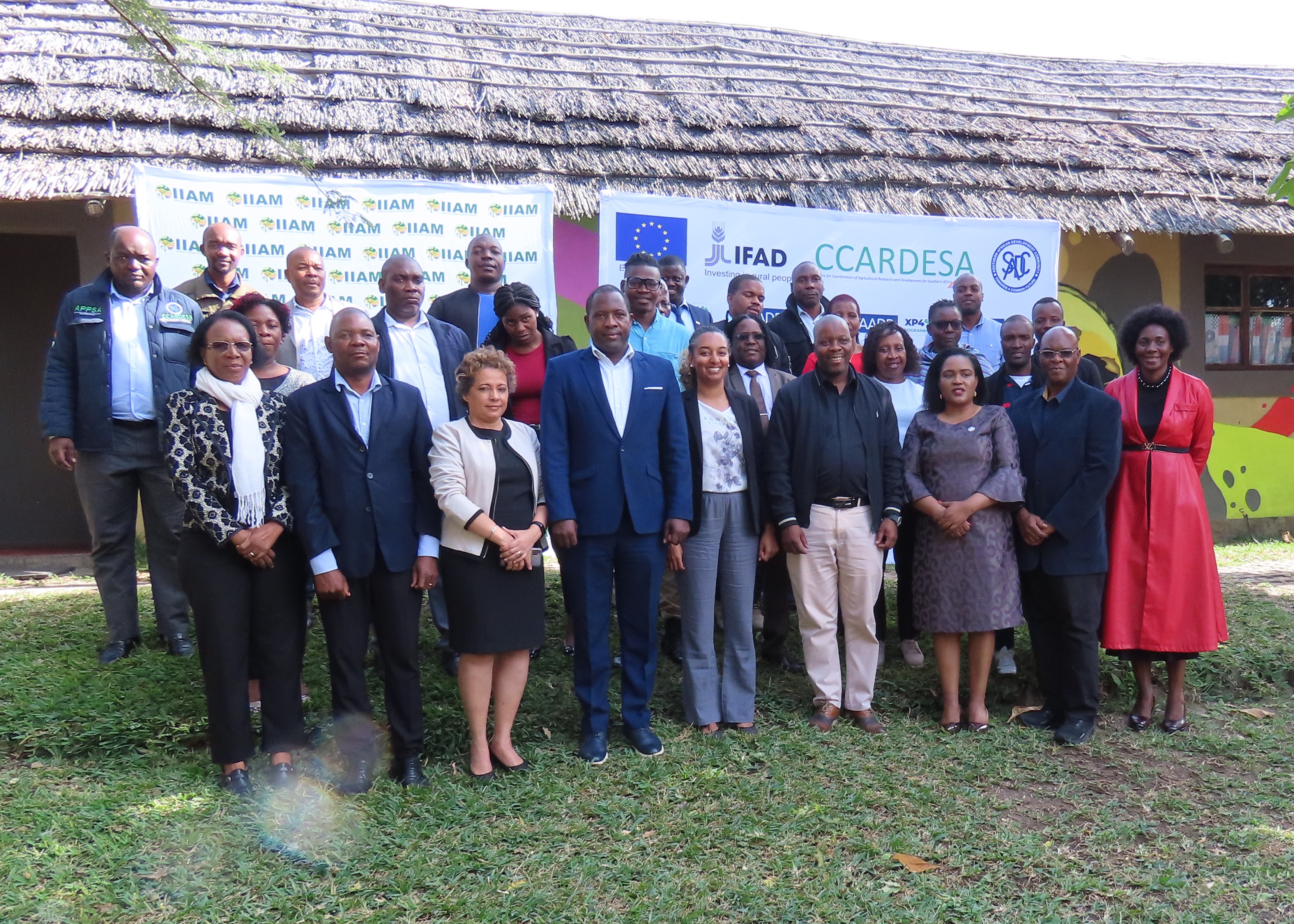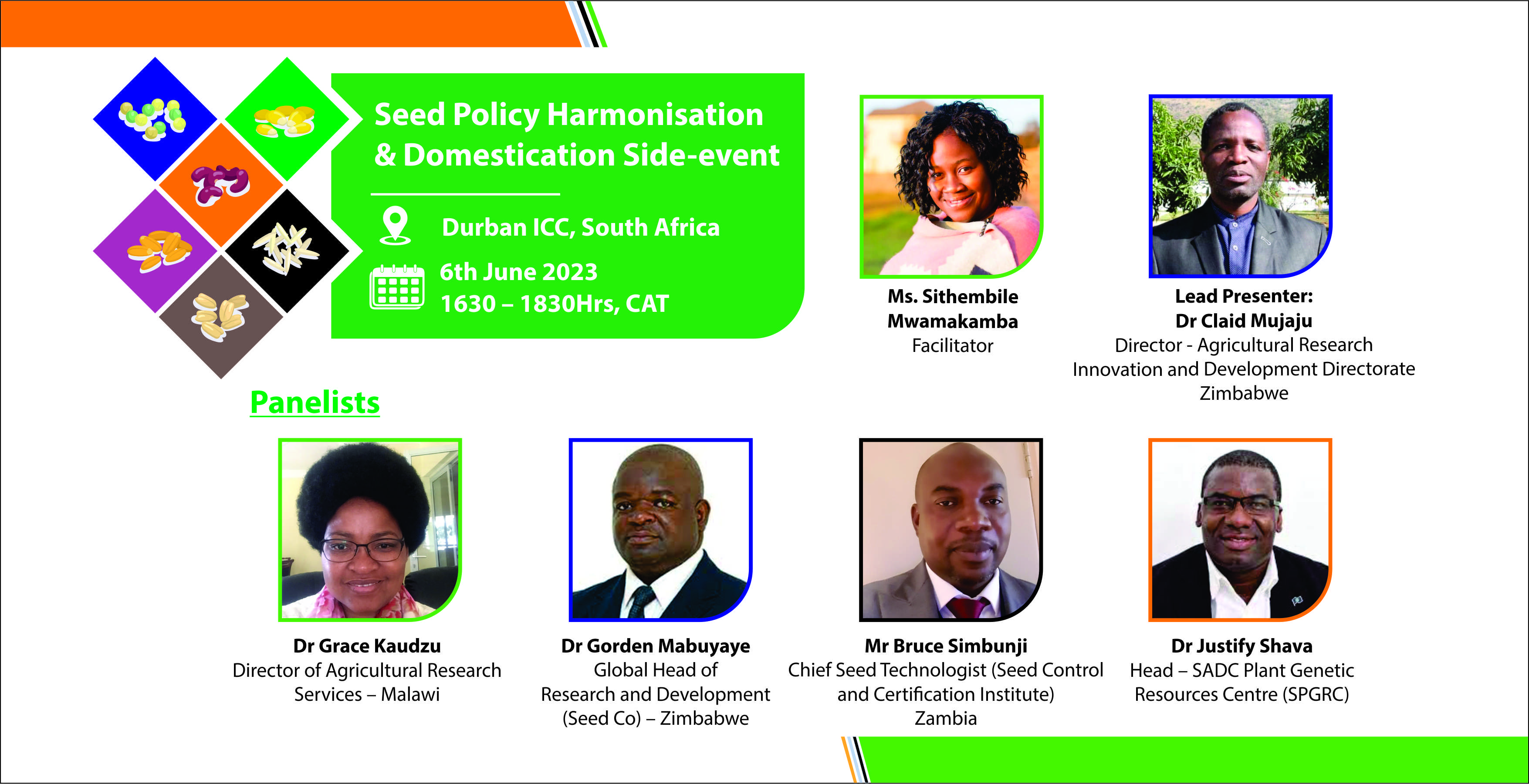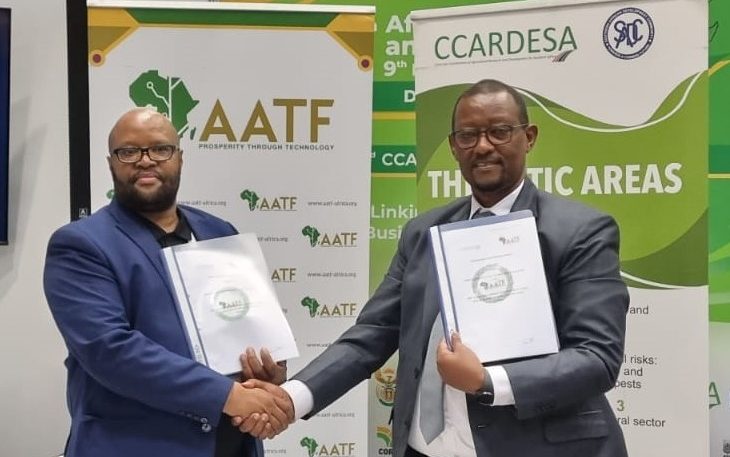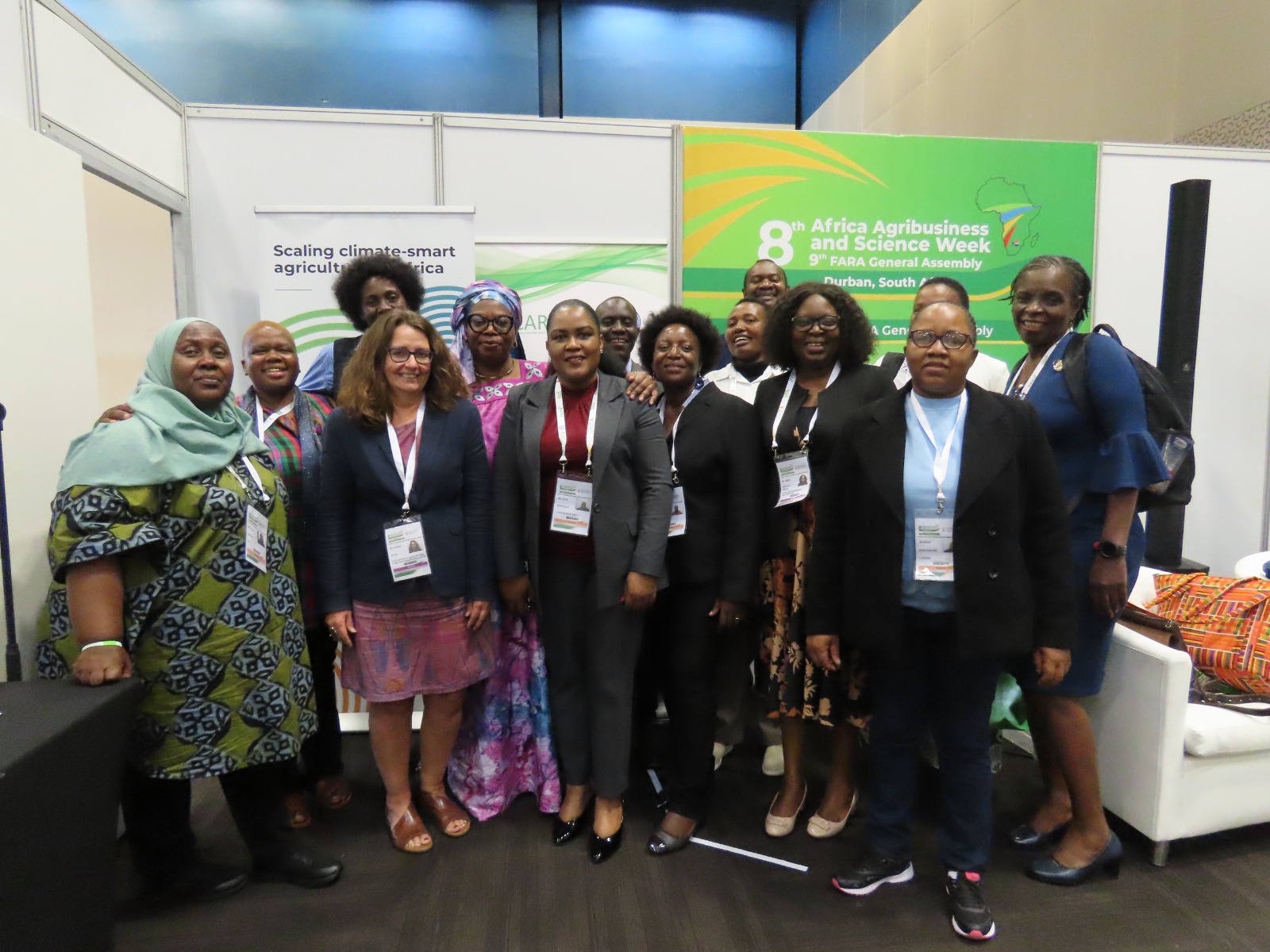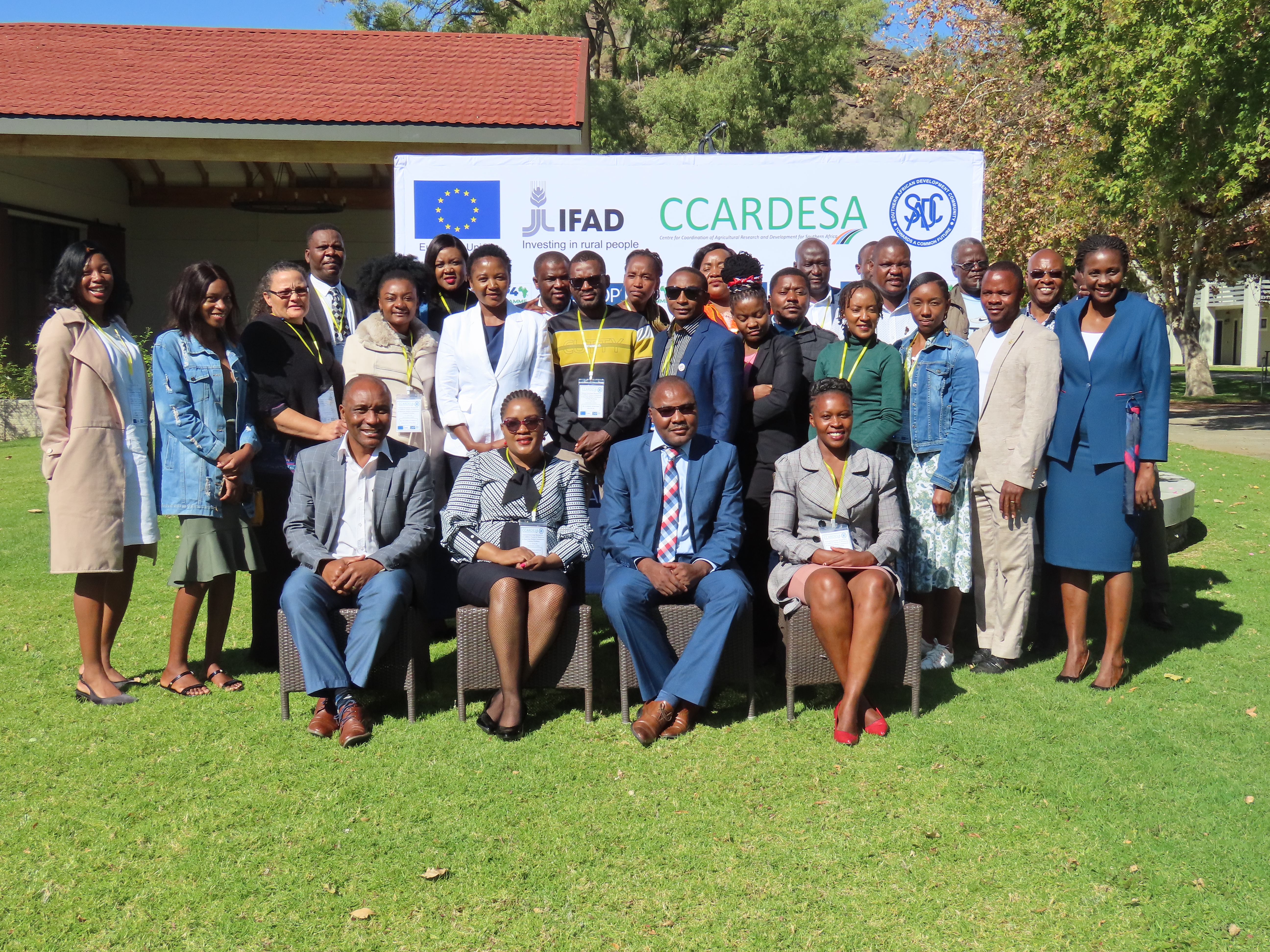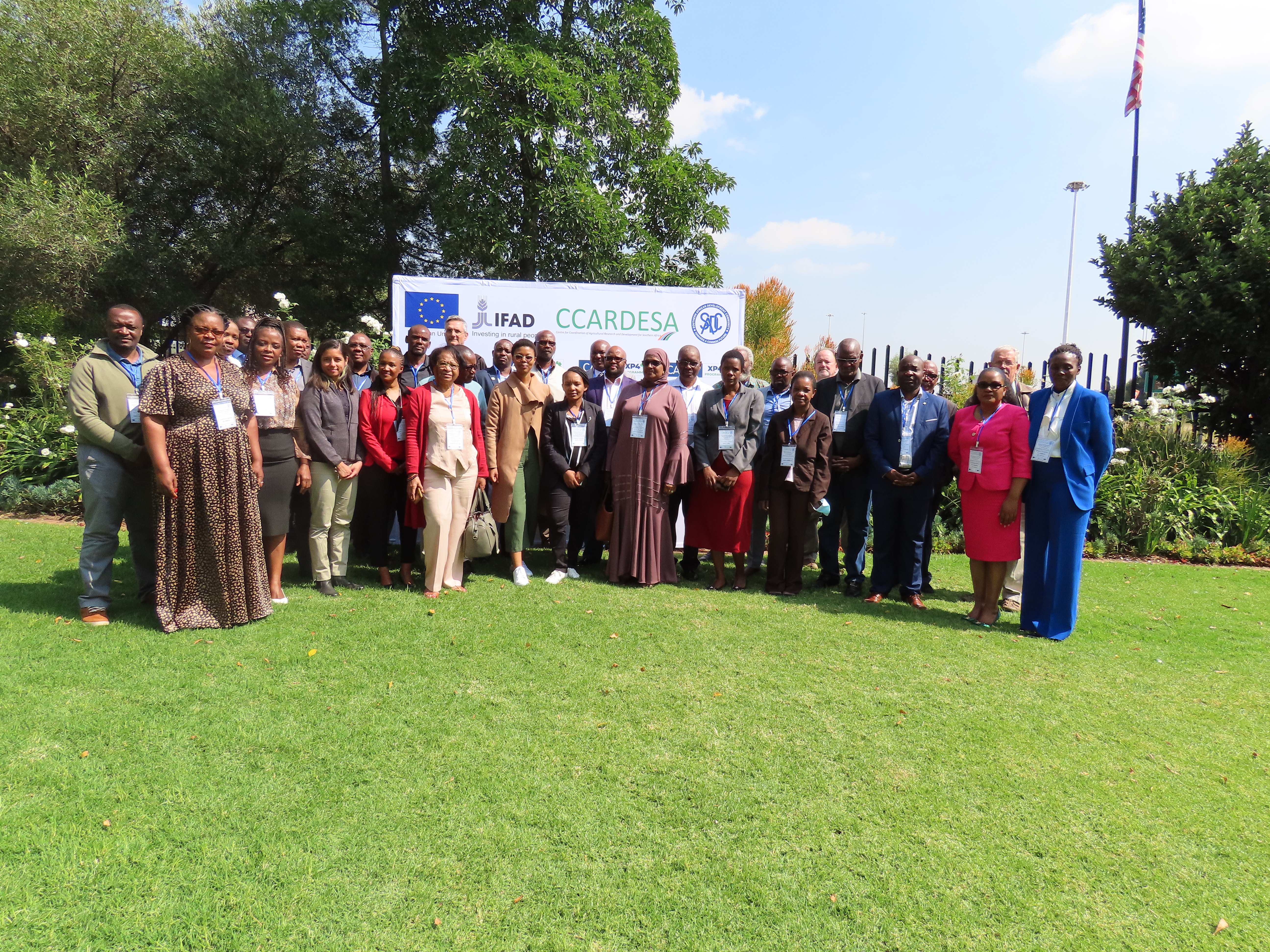NERICA Rice Crop Management
The timeliness and quality of land preparation are critical to rice production. NERICA varieties are no exception. Good soil tillagepractices generally enhance ef cient fertilizer-use, soil porosity and aeration and then have positive impacts during germination, seedling emergence and stand establishment stages of plant growth,in addition to weed control.
Sylvester O. Oikeh, Sitapha Diatta, Tatsushi Tsuboi and Tareke Berhe. NERICA Rice Crop Management, 2018.



